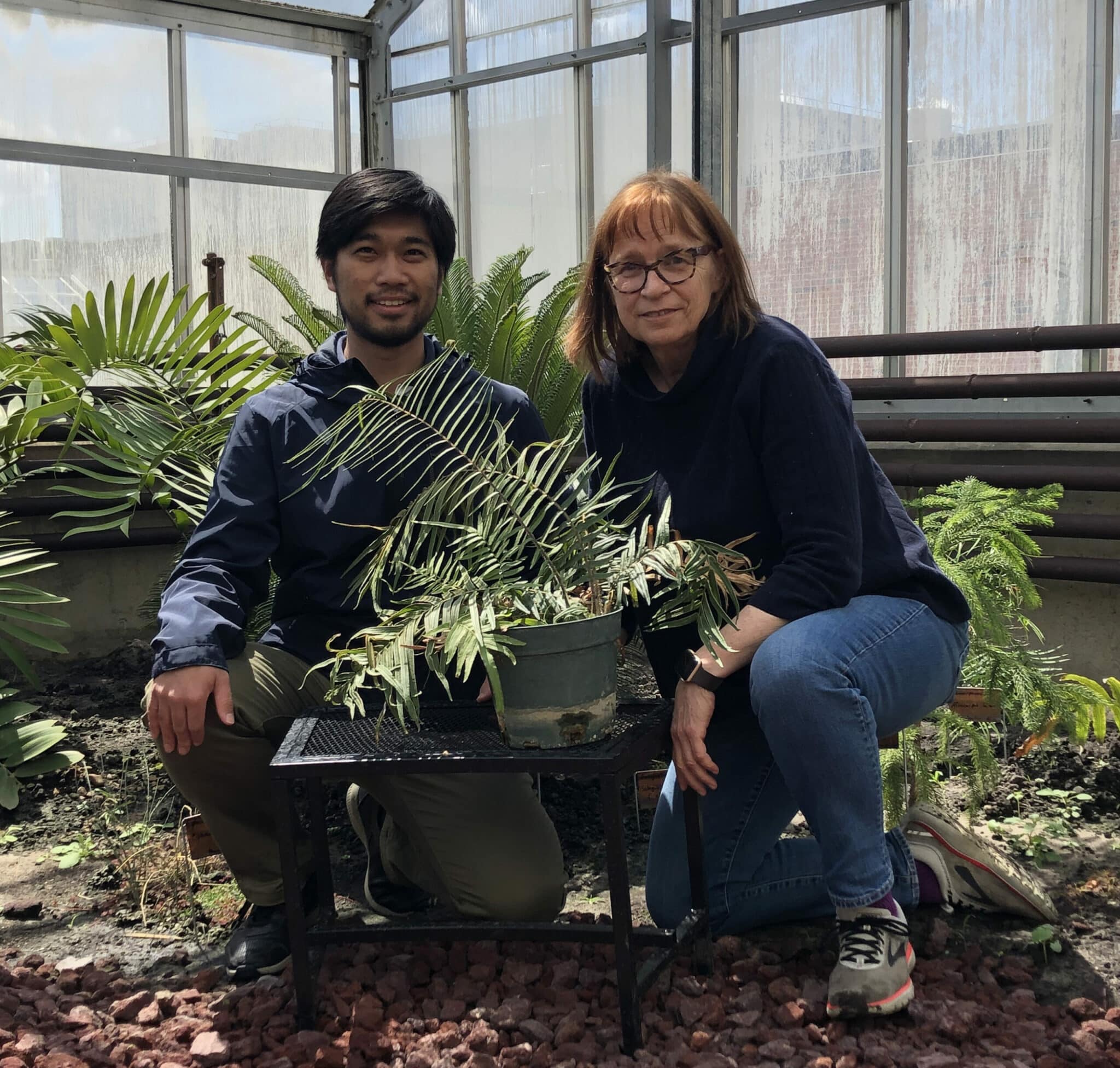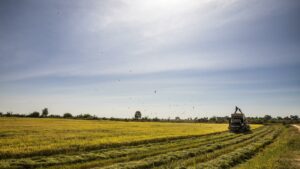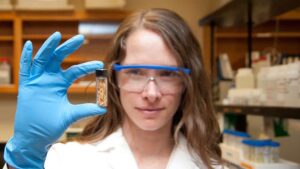Environmental remediation of arsenic-contaminated sites takes some bold steps forward.
Have you ever heard of arsenic? It’s a naturally occurring element found in the Earth’s crust, but arsenic contamination of soil and groundwater is a very serious health concern for Americans and hundreds of millions of people worldwide.
In terms of how many arsenic-contaminated sites exist in the United States, the vast majority of the most serious current and former hazardous waste sites (Superfund sites) on the Environmental Protection Agency’s (EPA) National Priorities List, at least 1,149 of 1,684, contain arsenic. In the future, that number may increase as more sites are evaluated.
Cleaning up this metal in soil is both labor-intensive and costly. Just how costly, notes EPA spokesperson Maggie Sauerhage, depends on many factors. Costs for soil removal and disposal, the traditional clean-up method, are significant, and if the site has buried utility lines and limited space to operate equipment due to trees and other objects, it becomes even more expensive.
Phytoremediation
According to the EPA, phytoremediation, using plants to remove contaminants from soil, may be an application that suits some soil remediation situations. Sauerhage says some concerns related to this strategy include the amount of contaminants plants are able to remove and how long it therefore takes to reduce the concentration of contaminants at a given site to an acceptable level.
Jody Banks, a professor of botany and plant pathology at Purdue University, is working on just such issues.
Banks is currently taking the first steps towards inserting genes from the Chinese brake fern into fast-growing plants, genes that give the brake fern an extraordinary ability to absorb, tolerate and store arsenic. In other plants and animals, once arsenic enters a cell, it causes cell death either through a process called “oxidative stress” or by interfering with the cell’s ability to produce cellular energy.
Before they got to this point, Banks and her colleagues discovered and published results on how three different genes in the brake fern allow it to tolerate arsenic in the cytoplasm (the watery contents) of a cell. Banks and her former graduate student Chao Cai found that silencing each one of these genes leads to death of the plant in the presence of arsenic, demonstrating their critical importance in arsenic tolerance.
One gene codes for a protein which controls the transfer of compounds through the cell membrane, and a second gene codes for a protein which serves as a catalyst to turn arsenate from the soil into arsenite, the form of arsenic that can be sequestered. A third gene allows the brake fern to help sequester arsenate in the cytoplasm.
Plants in Action
While the Chinese brake fern could be grown for many years in a row on arsenic-contaminated sites in semitropical areas of the planet, it would not survive over winter in most areas of the United States.
“It might be worth trying to grow and harvest it after several years, especially if it was fertilized and planted densely,” Banks says. “However, we are planning to insert these genes into other plants that grow faster and survive the winter, a perennial like miscanthus, which is a native prairie grass with deep roots.”
She adds that it’s a very easy process to use solvents to extract arsenic from plant material and then properly dispose of it.
The first step in getting brake fern genes into miscanthus is to insert them into the standard experimental plant called Arabidopsis. Banks and her team have just started to make the “insertion construct” for that.
“We need to see if one gene is enough or do you need two of them or even all three,” she explains. “It’s pretty simple to add genes to Arabidopsis as we know the genome very well, and the standard procedure is to put in a marker to make sure genes actually insert. Once that’s done, we will have to get to know the miscanthus genome and where to insert.”
In another study in Sweden, University of Skövde scientists published results in 2017 on phytoremediation of arsenic from contaminated soil using transgenic tobacco plants. The team inserted the “arsenic reductase2” gene of Arabidopsis into the genome of tobacco and found that the transgenic tobacco plants were more tolerant to arsenic than non-modified ones. The team concluded that this demonstrates the gene to be a potential candidate for genetic engineering of plants to develop new crop cultivars for both arsenic-contaminated soil remediation and to create food plants that contain no arsenic or a substantially-reduced amount of arsenic.
Looking Forward
Whether companies will consider cleaning up their arsenic-contaminated sites through phytoremediation instead of the more costly soil removal and disposal method is, in Banks’ view, anyone’s guess. There are several factors at play and motivation plays a significant role.
“My understanding is that the previous federal administration required that coal mining companies report the level of arsenic in coal ash, but the current administration has removed that legal requirement,” Banks explains. “So, mining companies don’t have to worry about that anymore, and it’s therefore hard to set up a comprehensive removal program here in the U.S. if you don’t know where the hotspots are and how much arsenic is contained in them. Arsenic is everywhere, but when we mine coal, coal ash is created and it has a lot of it.”
However, Banks says there are many arsenic-contaminated sites already identified in the United States, as well as in China (large amounts of mining), India (arsenic gets solubilized into drinking water from the drilling of tube wells) and Chile (where arsenic is naturally occurring or distributed from copper mining).
In the end, Banks says it’s possible that her work will make the biggest impact outside the United States.
“No matter where it’s used, I will be thrilled,” Banks says.













